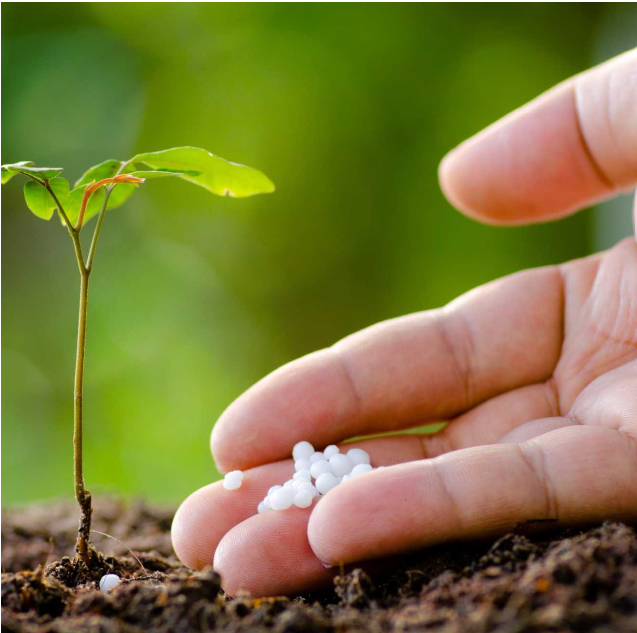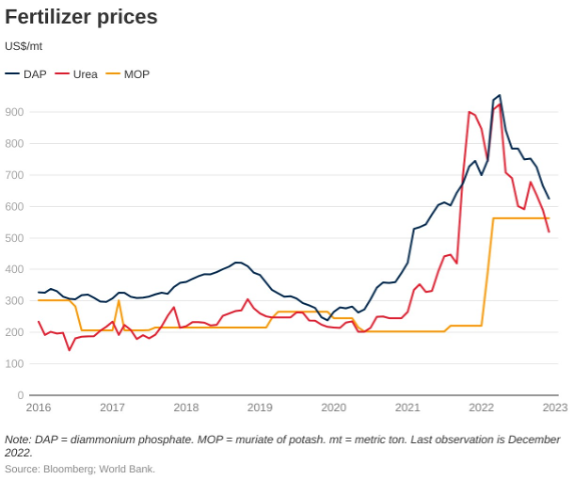Urea: Nature's Nitrogen Elixir
Urea is, in many ways, the most convenient form for fixed nitrogen. It has the highest nitrogen content available in a solid fertilizer (46%). It is easy to produce as prills or granules and is easily transported in bulk or bags with no explosive hazard. It leaves no salt residue after use on crops. Its specific gravity is 1.335, decomposes on boiling, and is fairly soluble in water.
Application of Urea 46% Nitrogen

Urea is a nitrogen-rich organic compound, which is popular among farmers for its high nitrogen content, non-polluting, easy to use, and good yield-increasing effect. Urea can be used not only as high-quality nitrogen fertilizer for crops, but also as a feed additive to directly feed livestock. Recently, scientists have found a new use for urea, which is to use it to purify car exhaust.
Urea is closely related to people’s production and life. Fluctuations in urea prices directly affect food production and prices.
In common with most commercial nitrogen fertilizers, urea is manufactured from anhydrous ammonia (NH3). The high analysis of urea—46% N—is the main reason for the low cost of this form of nitrogen fertilizer. Freight costs and storage and handling are all lower than with lower analysis fertilizers such as ammonium nitrate (34-0-0) or ammonium sulfate (21-0-0).
Advantages of Fertilizer Urea
It can be applied to soil as a solid or solution or to certain crops as a foliar spray. Urea usage involves little or no fire or explosion hazard. Urea’s high analysis, 46% N, helps reduce handling, storage and transportation costs over other dry N forms.
Urea manufacture releases few pollutants to the environment. Urea, when properly applied, results in crop yield increases equal to other forms of nitrogen. Incorporate urea for best use. Nitrogen from urea can be lost to the atmosphere if fertilizer urea remains on the soil surface for extended periods of time during warm weather. The key to the most efficient use of urea is to incorporate it into the soil during a tillage operation. It may also be blended into the soil with irrigation water. A rainfall of as little as 0.25 inches is sufficient to blend urea into the soil to a depth at which ammonia losses will not occur.
If properly applied, urea and fertilizers containing urea are excellent sources of nitrogen for crop production. After application to the soil, urea undergoes chemical changes and ammonium (NH4 +) ions form. Soil moisture determines how rapidly this conversion takes place.
Green Urea in Detail
Renewable energy-to-urea concept. Nitrogen and hydrogen are reacted in an ammonia converter, forming ammonia. The ammonia is then reacted with the CO2 from the urea plant to form a green urea product.
- - It is used as a nitrogen-release fertilizer.
- - It is used as a stabilizer in nitrocellulose explosives.
- - It is used in lanthanide chemistry as an important reagent.
- - It is used in the manufacturing of high explosives like urea nitrate.

Uses of Green Urea
Market's take on Urea
The global urea market size was valued at USD 107.28 billion in 2021 and is projected to grow from USD 129.52 billion in 2022 to USD 150.61 billion by 2029, exhibiting a CAGR of 2.2% during the forecast period.
Urea Production per year
The global production of urea amounts to roughly 180 million metric tons in 2021. Urea has a 46 percent nitrogen content and is frequently used straight as a fertilizer. Urea is also used as input to produce complex NPK fertilizers.
Urea Price News
Fertilizer prices have eased from their early 2022 peaks, but they remain at historically elevated levels. The industry is also affected by supply-side issues, including a production crunch in Europe, disruptions due to sanctions on Russia and Belarus, and trade restrictions in China.

Source: World-Bank-Blog




